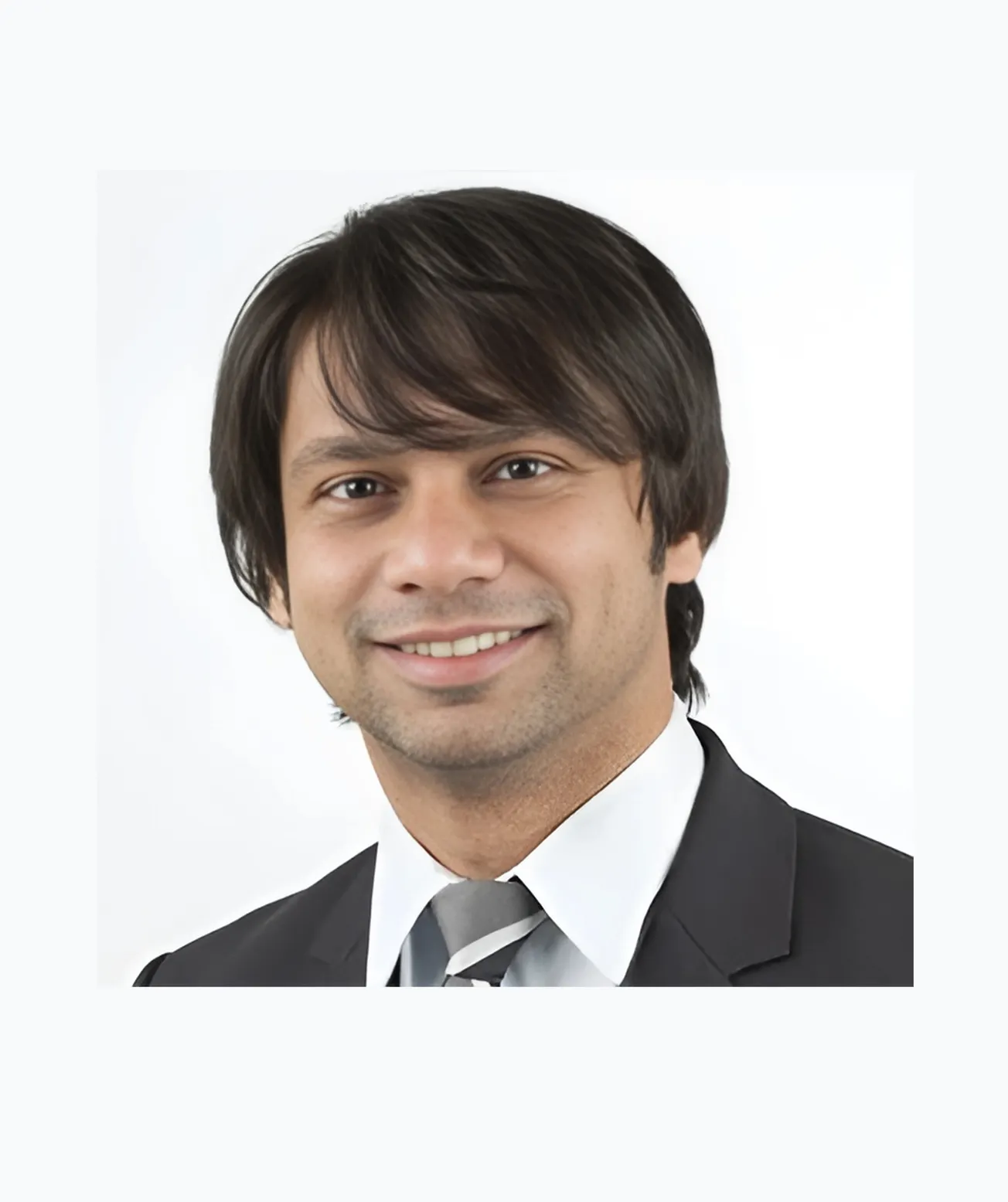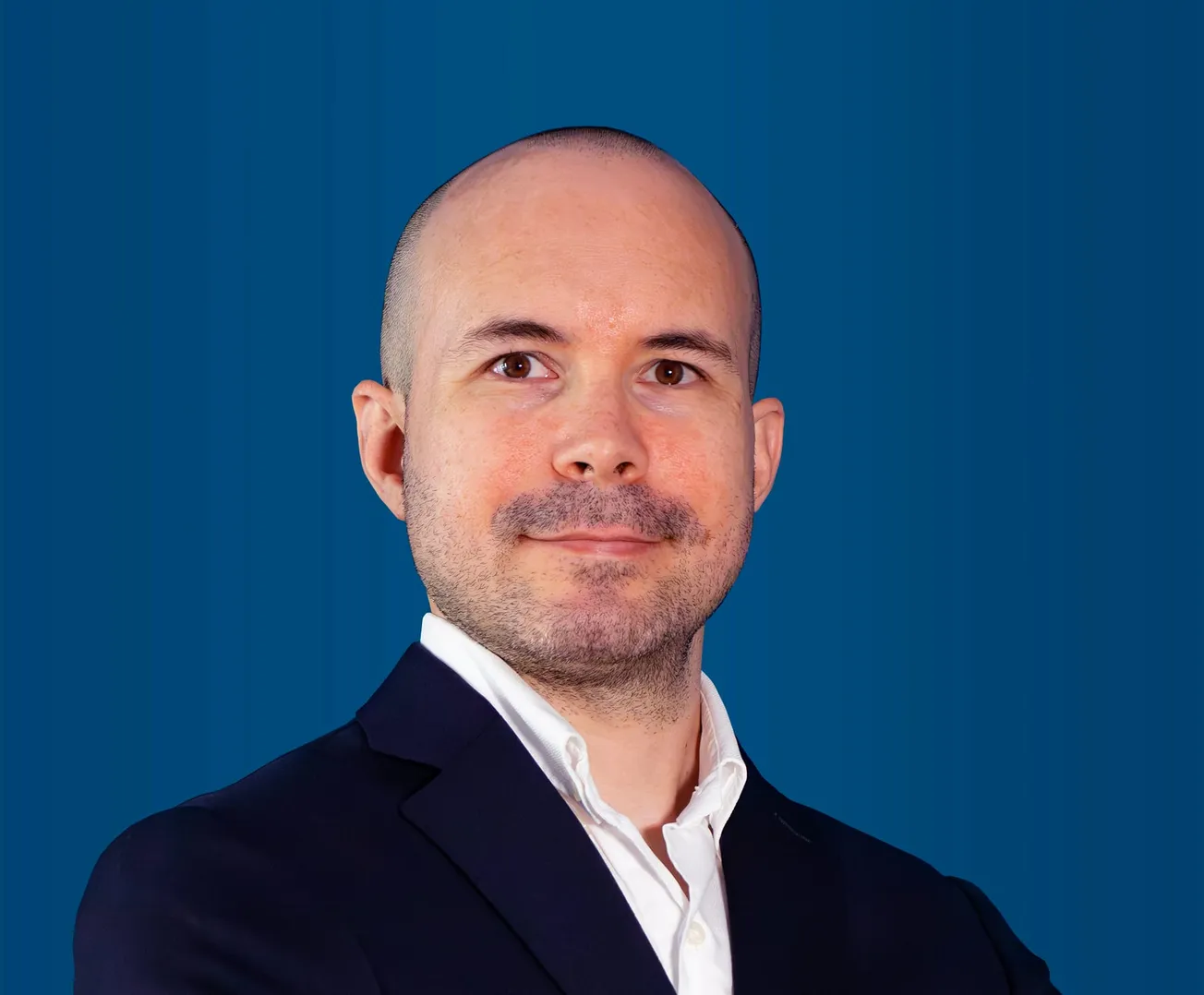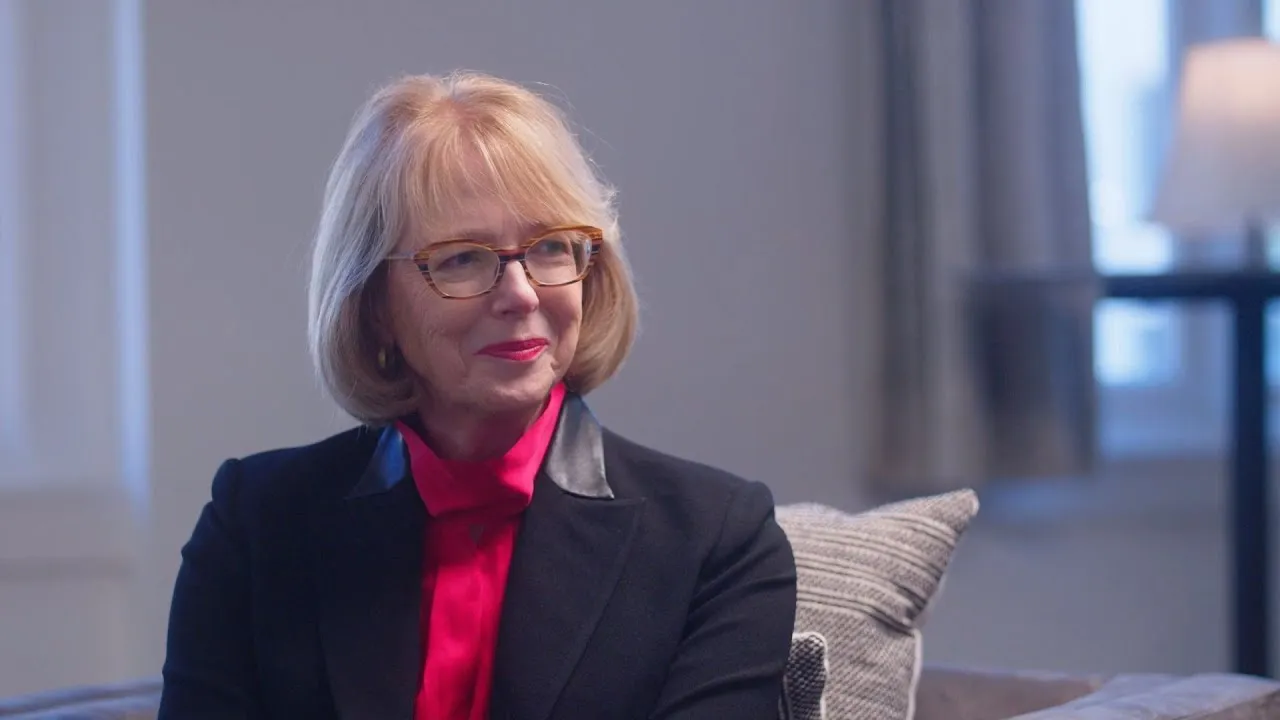Table of Contents
Dr. Gaurav Shah, CEO of Rocket Pharmaceuticals, sat down with Onyx for a feature-length interview.
What led you to the helm of Rocket, and what were the main challenges and inspirations you came across along the way?
It's a combination of passion for innovation in medicine and soft, sustained intent that allows you to listen to opportunity when it comes. I was born in India and came here when I was three years old. Becoming a doctor was the expected path, but I felt compelled to do research, to find a creative research focus that could fundamentally change medicine — that’s what we’re working on at Rocket. And I don’t know what’s harder, building a company or cell therapy.
Out of Harvard, I became an oncologist, then went into industry at Eli Lilly and eventually at Novartis. I learned about how to get things done in big pharma: FDA dialogues, commercializing assets, preparing academic programs for the scrutiny of the industry world. But I felt the calling to do something bigger.
The opportunity came through Rod Wong at RTW Investments. I listened and ran with it. It was a chance to start something from scratch, with potentially curative potential in medicine. He’s the chairman of our board.
But going from a company of 120,000 to a company of just 1 person was going to be extraordinarily tough. So I had to bring together the world-class team that I was going to lead to breakthrough new discoveries. I couldn’t have done it without them. We brought on our current Chief Medical Officer, Jonathan Schwartz, and our Chief Operating Officer, Kinnari Patel. With their support and Rod’s, we started in the back of a conference room at a hedge fund and built Rocket from the ground up.
Tell us about LAD-I. I believe you are currently speaking to the FDA, awaiting approval?
That’s right. We’re very advanced in our pipeline, and we’re expecting FDA approval for LAD-I, or leukocyte adhesion deficiency type I, which is a devastating, rare, fatal disease, especially in childhood.
In LAD-I, neutrophils—a type of white cell—lack a protein called CD18 needed to exit blood vessels and fight infections. Without it, patients have recurrent infections because their neutrophils can't reach the sites of infection. We restore CD18 with lentiviral-based gene therapy. The amazing thing is that for patients to function well enough, it seems you only need to get to 10–20% of normal levels. In our trial, we're getting on average 50% levels or higher across nine patients.
All nine are alive right now. Without this treatment, in all likelihood, they could have passed away or have been going through recurrent hospitalizations right now. So far, they're infection-free regarding LAD-type infections.
LAD-I is not a big commercial opportunity, but it's a way for us to get our manufacturing, supply chain, and commercial capabilities geared up and ready for bigger programs—like Fanconi anemia.
With your in vivo adeno-associated viral (AAV) pipeline, I understand you are targeting Danon disease - do you see wider applications to general cardiac health?
Absolutely - we’ve been discovering a lot about the gene PKP2. Danon disease is one of the most aggressive cardiomyopathies, often not recognized because it manifests in males when they are kids and teenagers. People don't look for heart disease in kids that young, so it's often overlooked or misdiagnosed. We estimate currently that only 20% of Danon patients have been identified.
If we can show a path to approval with Danon, we can translate the process to apply it to other programs and build a portfolio of cardiomyopathies and arrhythmogenic disorders to target.
We have another program called PKP2-ACM, also known as Pegasus—our code name for it because no one's named it before. It's a disease of arrhythmia where patients die suddenly, early in life, sometimes in their teenage years or twenties. The most frequent cause is a defective PKP2 gene.
The plan is to start with Danon disease, and we’ve announced complete enrollment for our Phase 2 study. Another study, PKP2-ACM has also completed enrollment. Also in our pipeline is BAG3 dilated cardiomyopathy, which is particularly aggressive in patients’ twenties and thirties. These patients die early and alone. Our current three programs are researching conditions that affect over 100,000 patients in the US, Europe, and Japan. Each of these trials is for a rare disease but taken together, they might not be considered so rare, because of the genes they share. Common diseases like heart failure are actually a bunch of rare diseases put together. We have to go after them one by one to tackle the whole beast.
Looking to 2025 at Rocket, what will be the main area of focus? Where exactly are you hoping to lead the company?
Through the rest of the 2020s, we want to focus on cardiac indications. We go after areas of high unmet need, those where we have a potentially curative program and where we can be first- and best- in class.
We have bone marrow disorders like LAD-I and Fanconi Anemia, as well as cardiac disorders including Danon, PKP2, and BAG3. There will be more cardiac diseases, but we may move to another undisclosed therapeutic area.
The selection factors are the same: direct on-target mechanism of action, hitting the cells that need the protein to fix the disease. We aim to be first-, best-, or only- in class where possible. This is sometimes hard because there are many diseases to address and many companies out there who are researching genetic diseases. We want our market prevalence to be large enough to make a business case so investors see future potential, and fund the pipeline. Danon, for example, affects at least 15,000 to 30,000 patients in the US and Europe.
In terms of broadening the applicability, what do you see as the future in taking this kind of technology and using it to treat more common diseases?
There are about 7,000 rare diseases — many are monogenic, but fewer can be targeted, perhaps only a few hundred. Beyond that, we must get to diseases caused by multiple genes - but to get there, we start with single genes.
Common diseases like stroke, coronary artery disease, and type two diabetes are likely modulated by multiple genes. As we make gene therapy more applicable to broader, multi-gene conditions and identify contributory genes, hopefully we can modulate those diseases over time using gene therapy. But we have to start here—cracking open the door first.
Speaking of first and best in class, it’s quite rare to come across a CEO who’s won a Grammy. As someone with a strong musical background, do you feel like you are able to merge science and art within your career, or do they both run separately, in parallel?
When you're in something all the time, like I am at Rocket, sometimes you need to step outside yourself. To use a Jedi phrase, I’m sure you’ve heard before, you have to unlearn what you've learned and come back with a fresh mind.
Music immediately takes you out, especially if you're on the creative side—you become somebody else. Then when you look at the same problems, they look different. They don't look like problems anymore; you start seeing constructive, positive ways forward. That's been a thread for me, an anchor since I was seven or eight, since I got interested in Indian classical music.
There are also many similarities between creating good science and good music. You have to practice, learn, and hone the skill for hours a day, for years. But moments of creativity come at those moments when you stop thinking about it. That's been an interesting lesson I’ve learned at Rocket as well - as with music, even in vector design in gene therapy, sometimes the most remarkable breakthroughs come when you breathe, stop thinking about it and step back for a moment.





